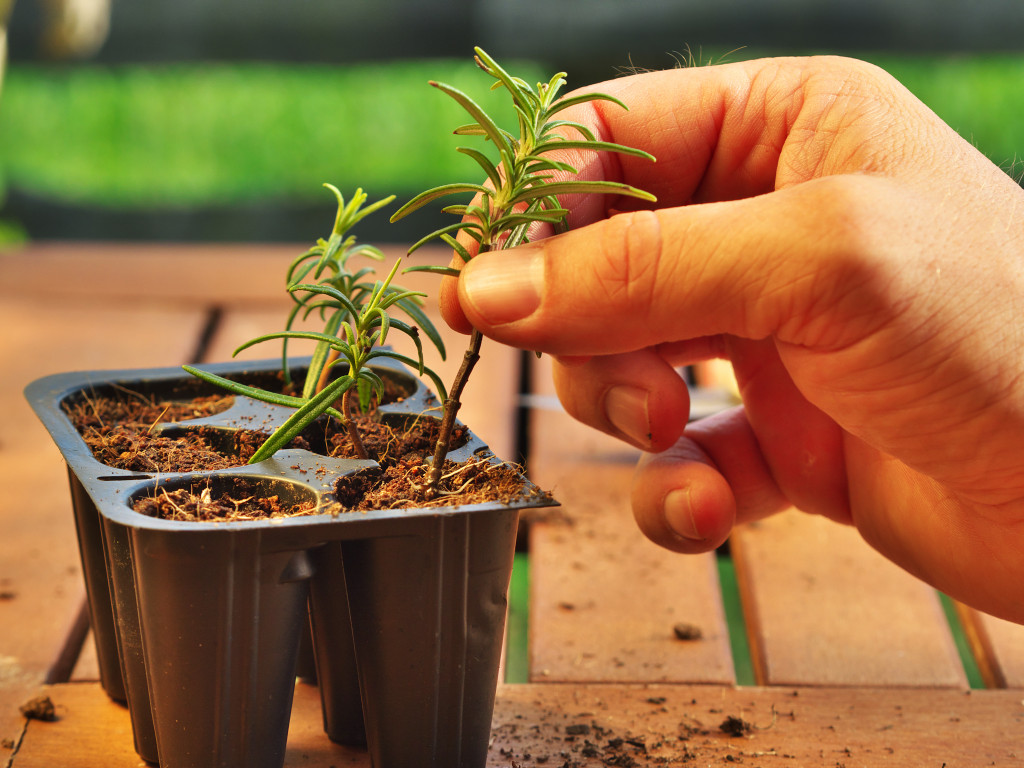If you’re a dog person, then you know that dogs are just as much a part of the family as everyone else is. Our furry friends deserve the same kind of consideration that we give ourselves and our loved ones. Whether inside the house or outdoors, it’s important to consider what kind of things are safe for our dogs and what could potentially harm them.
You’ve heard of puppy-proofing your house, but making sure that your dog is safe even when they’re outside doing their business is just as vital — maybe even more so. Unlike indoors, you might not be able to keep an eye on your dog all the time. The outdoors are a wondrous world for your pets and even though they might have set out to do their business, they could easily get distracted.
And if you’ve got a front yard or a garden that you maintain with pride, chances are your dog will find a way to somehow get themselves into trouble whether they know it or not. Although you might be more concerned about your flower beds, it’s also important to consider how safe your garden is for your dog.
So, here’s how to puppy-proof your outdoor garden to make sure your furry friend stays healthy and safe:
Watch what you plant
You may already know this but some plants are incredibly poisonous to dogs. And unfortunately, you might find plenty of these plants in yours or in others’ gardens. Among the list of plants that are toxic to dogs are popular garden flowers like chrysanthemums, lilies, and tulips. Azaleas, pothos, and snake plants can also be harmful when ingested in large amounts.
Now we all know how curious dogs can get, especially puppies. When they explore, they might nibble at leaves, grass, and whatever they can find. Plants like aloe vera, amaryllis, and oleander might be very pretty additions to your garden, but you might want to think twice if you’ve got a furry friend at home, especially if you let them out constantly. If you simply must have these plants in your garden or already have them planted, then make sure to keep them somewhere your dogs can’t reach, such as in hanging pots.
If you grow fruit in your garden, you have to look out for any that have fallen. The pits of apricots, cherries, peaches, and even apple seeds contain cyanide that can be deadly when crushed and then eaten. If it could kill you, then it can kill your dog. Similarly, you might want to look out for wild mushrooms as well. A good rule of thumb is, if you wouldn’t eat it, then your dog probably shouldn’t eat it either.

Fertilizers are for plants, not dogs
This should go without saying. Keep the fertilizers and insecticides far from the reach of your pet, especially cocoa mulch which is made from cocoa beans. Fertilizers and insecticides may contain chemicals that are dangerous not just for us humans but for dogs as well. Again, if you wouldn’t eat it, then neither should your dog. It’s also best to keep your dogs away from the compost heap which is full of food waste that could potentially be harmful.
Keep garden pests in control
Not only is it good for your garden, but for your dog as well. Insects that can harm you can just as easily harm your dog. Many pests, such as snails and slugs, are carriers of disease and while your dog might have enough common sense to not chomp on a snail, you can never be too sure. Common parasites like fleas and ticks could also be hiding in your yard, especially in tall grass or dead leaves. Calling a pest exterminator might just save yours and your dog’s life.
Store your tools properly
If you’ve got a curious toddler at home, then you know the importance of keeping sharp objects and tools away from their reach. Just as you wouldn’t let your child play with dangerous equipment, your furry baby shouldn’t be playing with stuff that could injure them either. Unlike you, your dog might not perceive the threat or wouldn’t know better, so it’s always best to store your tools in a shed or place them somewhere your dog can’t get to them.

